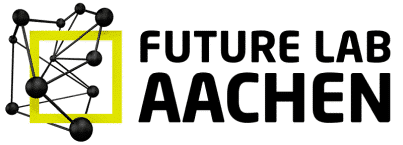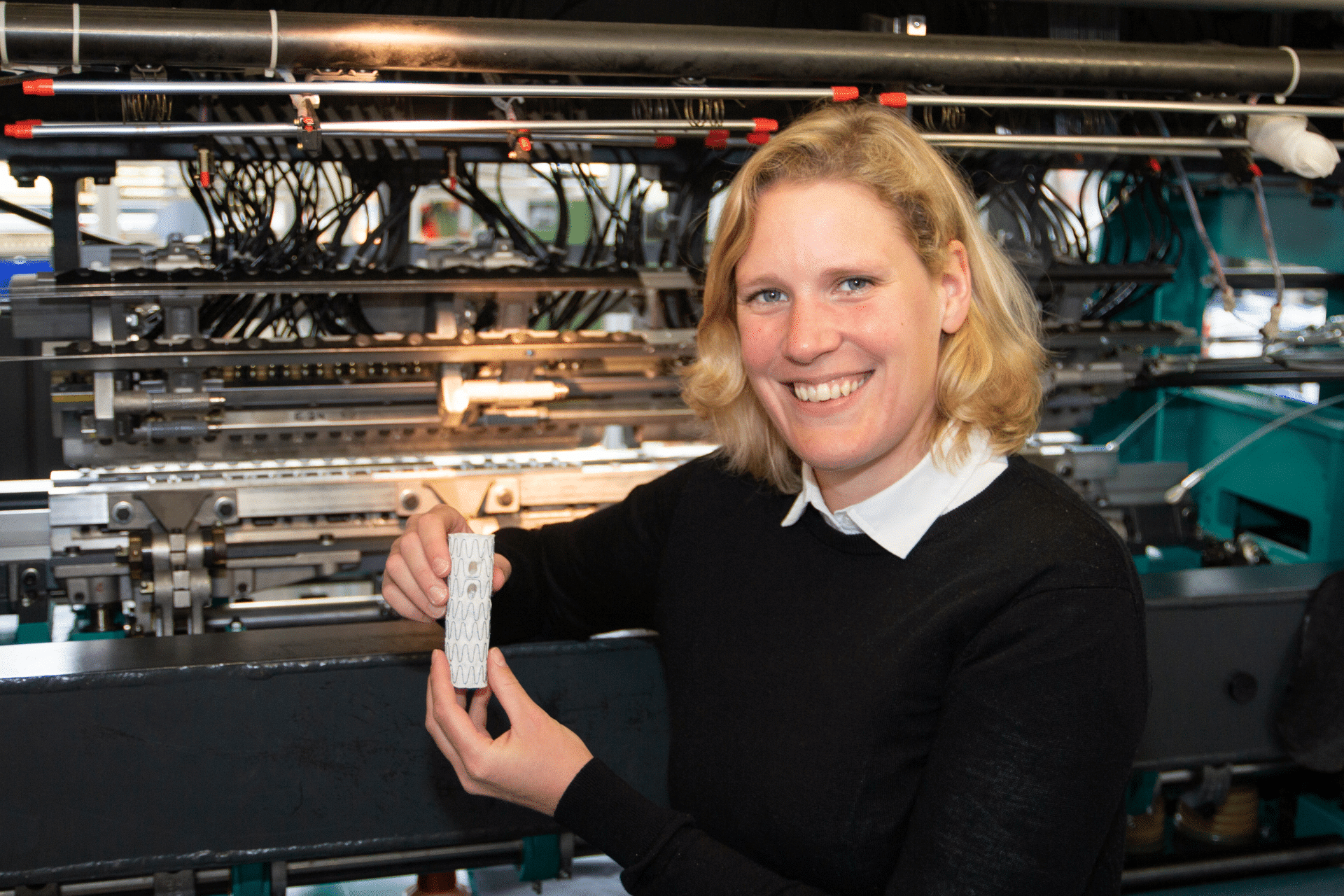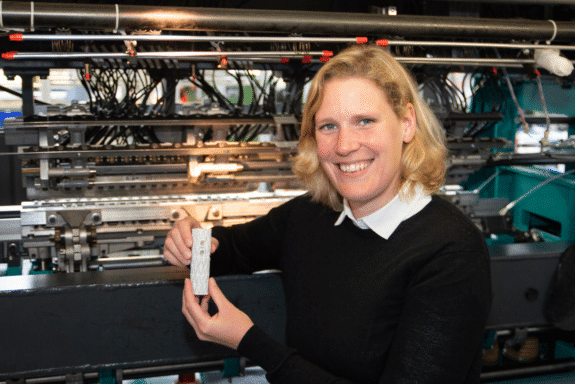Textile technology meets medicine. Valentine Gesché and her team are working on a method for the automated production of individually-tailored aorta implants.
Up to now, patients suffering from pathological and increasing aneurysms of the aorta have been treated with an implant that calls for a lot of manual craftsmanship. To make the implant fit to the individual patient, the outbound apertures, for example for the vital renal arteries, are positioned using cardboard templates and then punched out or cut out. The edges of the apertures created in this way then have to be strengthened to prevent any fraying. “Producing an implant this way takes up to eight weeks,” says Valentine Gesché. “That’s a period of time in which the patient’s aorta could easily rupture.”
Valentine Gesché and her team are a spin-off of the RWTH Aachen. They have developed a process that allows implants to be produced much faster, and also at a lower cost. The basic strategy involves complete automation of the implant production process.
A digital process chain from start to finish
“Put simply, the main steps are as follows. We get a computer tomography image from the clinic, which we use to draft a technical drawing of the precisely individualised implant. Then – and this is where really cutting-edge know-how comes into play – we convert the information into data for the textile machine. The machine, which also uses a new production technique, produces the implant.” It comes out looking like a sock, according to Dr. Gesché. What the 33-year-old textile engineer describes as a “digital process chain from start to finish” takes less that a week to complete.
In a research transfer project called “PerAGraft”, funded by the federal research programme Exist, the team is currently busy with further elaboration of the product. Valentine Gesché was presented with the NRW Innovation Award in May 2019 for her research work. The team wants to have their process ready for the market by 2023 – and, on the way, to develop further potential applications in the human body.
17.07.2019




